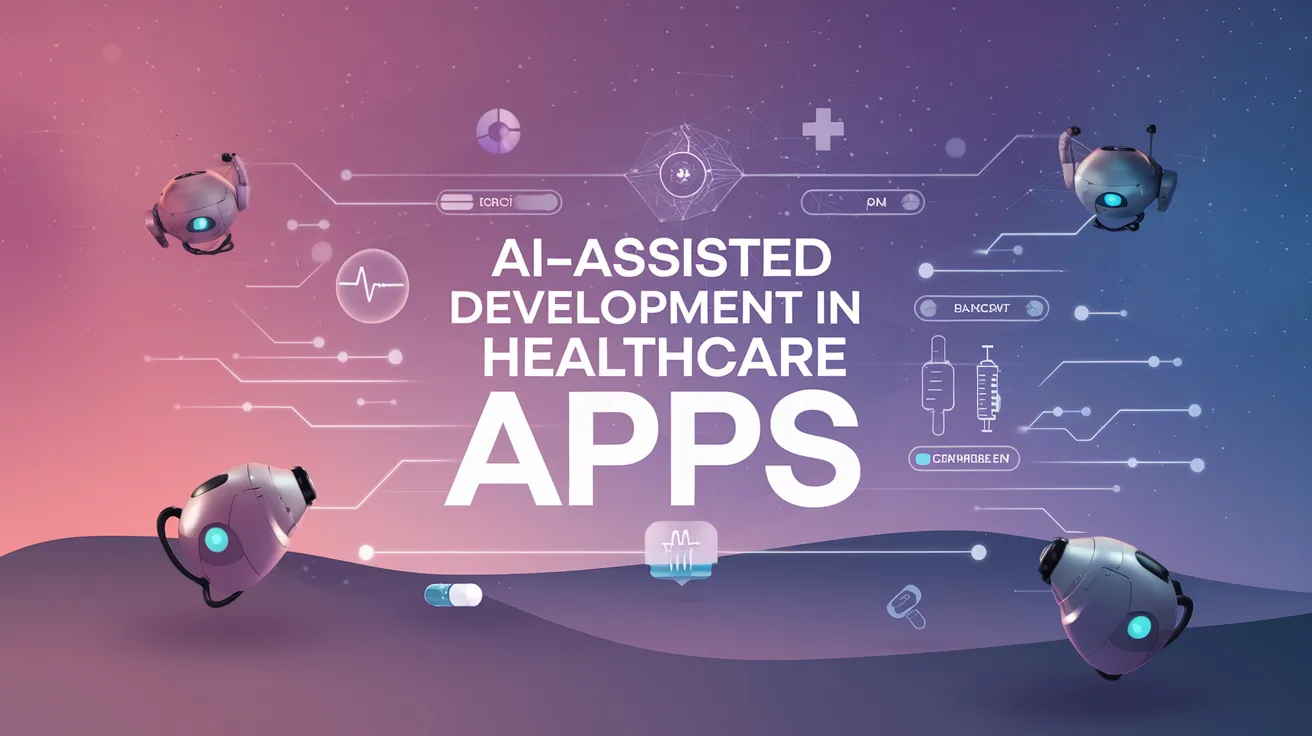AI-Assisted Development in Healthcare Apps

In recent years, digital health applications have faced significant challenges due to diminished funding and broader macroeconomic issues. Despite the tough landscape, there is an increasing demand from patients and providers for efficient and user-friendly software solutions, necessitating a refined approach to go-to-market strategies that emphasizes swift software development.
Amidst these demands, Generative AI (Gen AI) emerges as a crucial asset for software teams, proving to be more than just another tech trend. Its transformative potential is recognized as a fundamental shift towards modernized app development, which the future of digital health apps increasingly relies upon.
The Efficiency Paradox in Traditional Development
Traditional software development has long been plagued by an efficiency paradox where achieving the trifecta of cost, time, and quality often feels unattainable. Today’s patients and providers expect software that is not only functional but also empathetic and intuitive. However, scaling up development resources does not always equate to quicker results, and can sometimes lead to severe bottlenecks.
For years, digital health leaders have been perplexed by this paradox, but with the advent of Gen AI, a solution is finally within reach. This technology offers a pathway for software teams to heighten productivity and overcome traditional limitations.
Achieving Hyper-Efficiency with Gen AI
Through the integration of AI assistance across the software development lifecycle, organizations can realize what can be termed as “hyper-efficiency,” yielding up to a tenfold increase in productivity across activities such as:
- Discovery and ideation
- Product design
- Backlog management
- Code comprehension, reconciliation, and maintenance
- Testing and quality assurance
- Deployment and release management
Addressing Caution in Gen AI Adoption
Despite the promising capabilities of AI-assisted development, many digital health leaders remain hesitant to fully embrace this technology. Their concerns hinge on potential risks, including the erosion of patient trust, data privacy issues, and adverse effects on clinical outcomes and essential processes like drug research and development.
However, software development remains a relatively safe domain for integrating Gen AI. Initiating this journey with low-risk platforms can ease fears, allowing organizations to experience firsthand the benefits of innovative technologies without overstepping serious regulatory boundaries such as those imposed by HIPAA or GDPR.
This cautious approach should include targeting specific bottlenecks within the development workflow that could significantly benefit from AI intervention. As comfort grows within teams, there is ample opportunity to leverage Gen AI across various software development stages.
Internal stakeholders can better appreciate how Gen AI resolves existing challenges when they observe tangible improvements in workflow efficiency. Similar to the positive reception of ambient listening software by hospital leaders, demonstrating Gen AI’s benefits can lead to greater buy-in.
A Call to Action for Healthcare Leaders
To embrace the future of healthcare apps, leaders must position themselves favorably towards change and find equilibrium in weighing risks against the advantages that new technologies offer. AI-assisted software development is paramount in achieving faster delivery, reduced costs, and heightened quality — all crucial components to fulfilling expectations in the digital health landscape.
However, this future demands proactive engagement from digital health leaders who are willing to advocate for the significant potential of Gen AI. Their confidence will be key in galvanizing organizational support and ultimately ensuring successful adoption across the industry.
Photo: tadamichi, Getty Images
This post appears through the MedCity Influencers program. Anyone can publish their perspective on business and innovation in healthcare on MedCity News through MedCity Influencers. Click here to find out how.